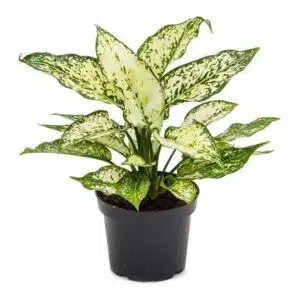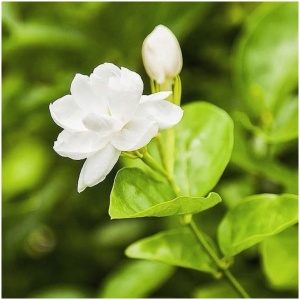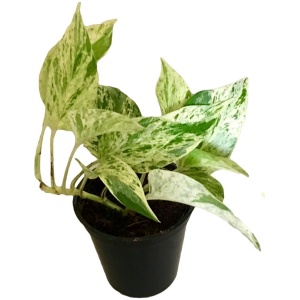Rose flowers vary in size and shape. They burst with colours ranging from pastel pink, peach, and cream, to vibrant yellow, orange, and red. Many roses are fragrant, and some produce berry-like fruits called hips.
Roses need a large number of water, so it’s unlikely they’ll get it all from rain. Morning is the best time to water your roses because the sun will evaporate any water left on the leaves. If the water sits on the leaves, it can lead to mold or fungus.
This will make sure your roses retain moisture and will prevent weeds. Mulch is great for your rose bed. It’ll keep the plant moist between waterings, protect the plant from the cold, and minimize weed growth. Spread your mulch around the plant base and over all the plot.
When the bloom starts to lose its color or turn out to be wilted, use scissors or pruning shears to take away it. Position your scissors on the stem just above the leaves. Make a 45 degree cut to take away the bloom.
Dead leaves make your roses vulnerable to disease, such as fungus. Additionally, they limit new growth on the plant.
The use of mulch will cut down on weed growth, but you should still see some weeds. Simply pull the weeds to take away them from the plot. As an alternative, dig out their root system with a hand shovel or spade. Be sure you remove all the root pieces.
It’s best to fertilize the flowers three times a year. Add the first dose of fertilizer in the early spring, then give more fertilizer once the rose bush starts to bloom. Apply your final round of fertilizer all through mid summer.








